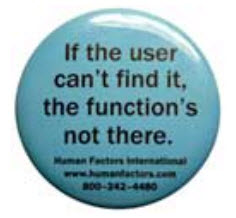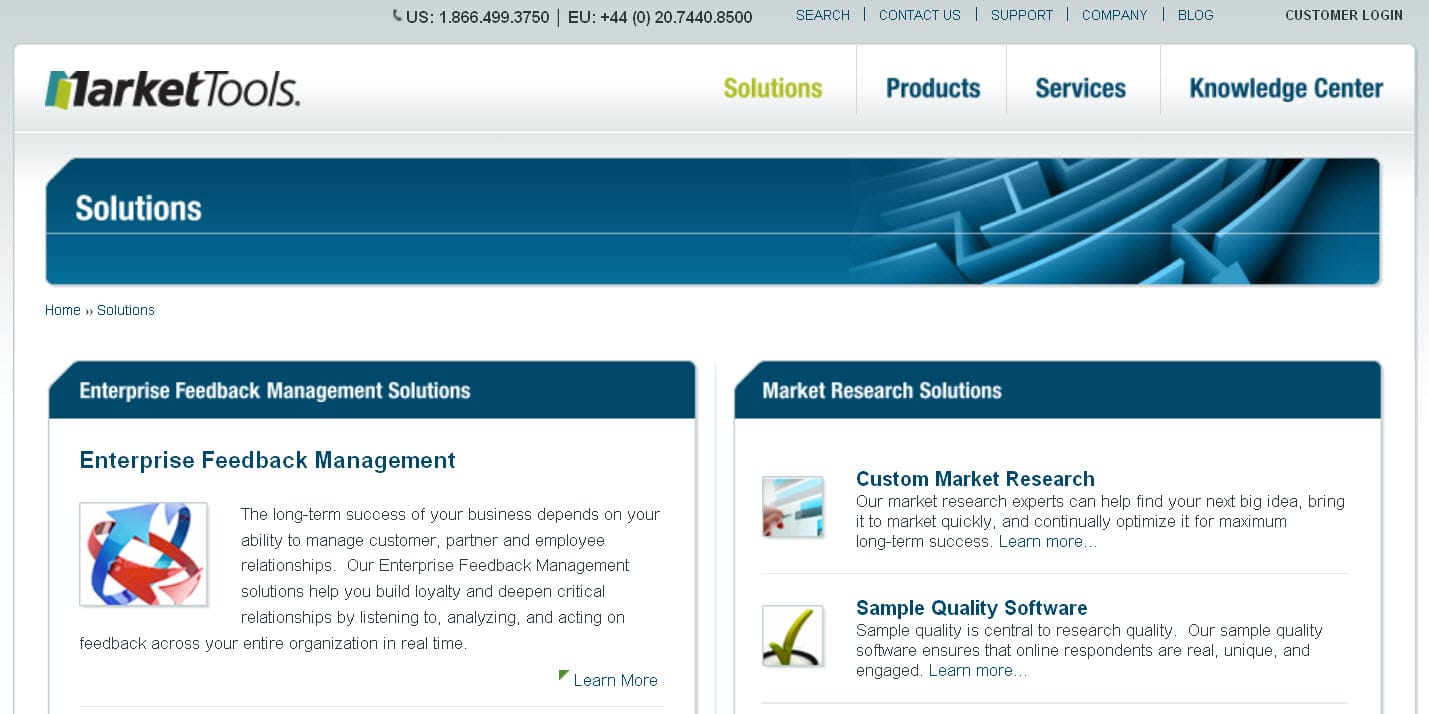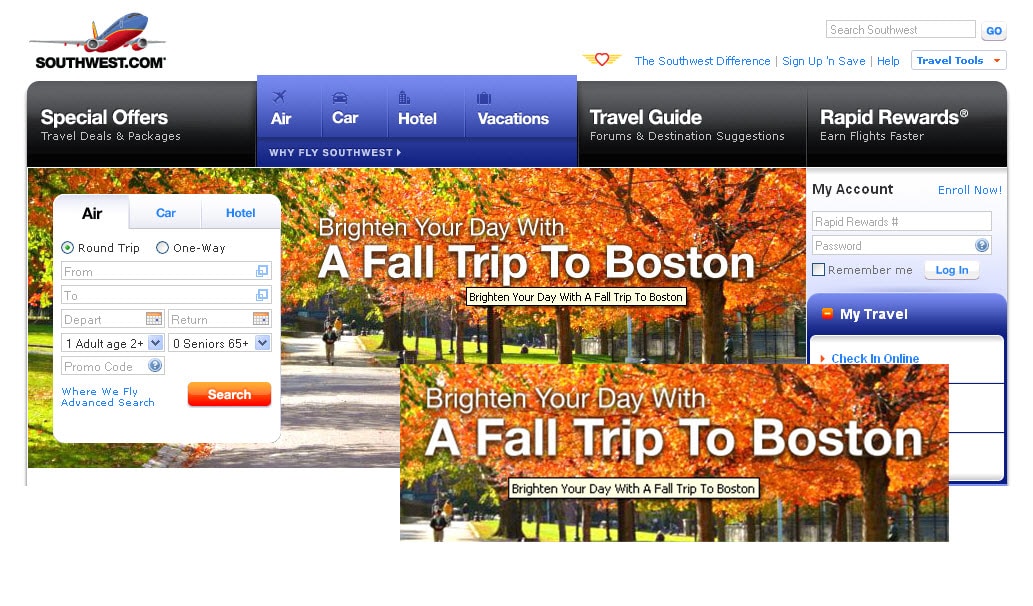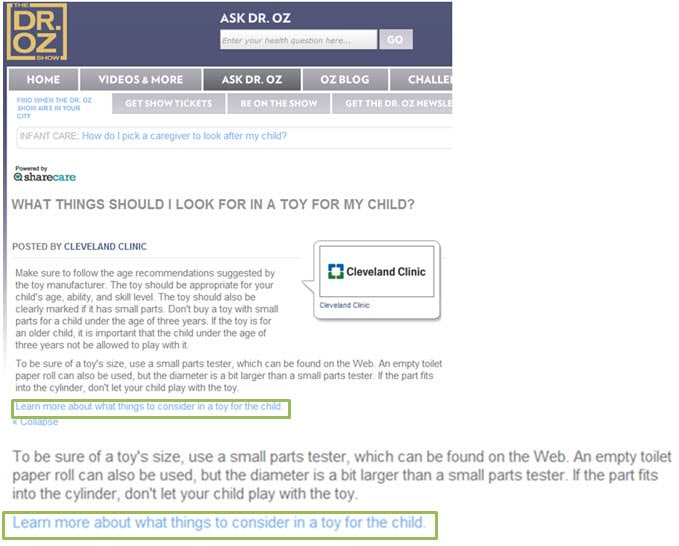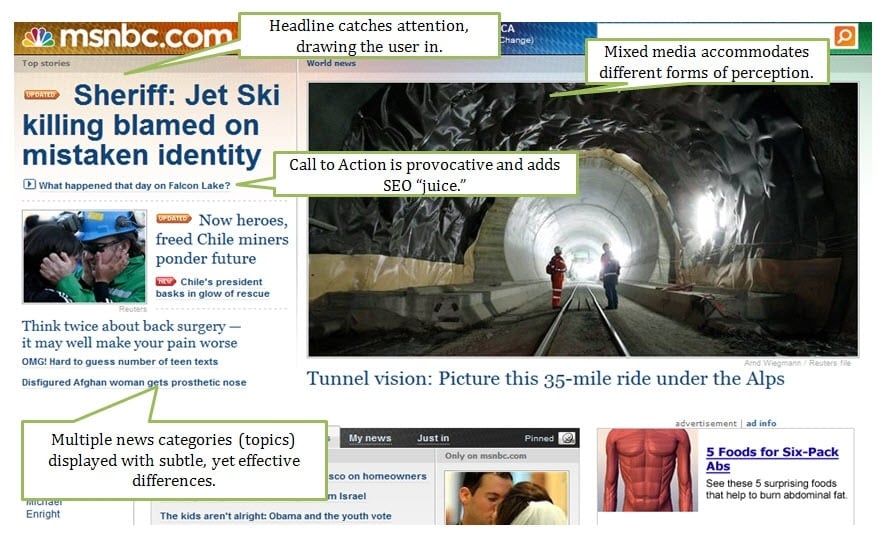Analytics Blog
UX and SEO: Does the Experience Matter if No One Experiences it?
So you’ve created the ideal user experience. Congratulations!
There is just one outstanding question:
Does user experience matter if no one experiences it?
Many times we work in a vacuum. As an interface design practitioner, I focus on designing a usable interface for a positive user experience. We tend to concentrate on our tasks and become an expert at what we do. This is not a bad thing per se, if the work at hand involves separate, finite tasks that rarely overlap. However, web development is a horse of a different color. All of the fundamental elements are intertwined.
Take user experience design (UX) and search engine optimization (SEO) for example. One option is to work on each individually, combining forces in the end. If you have been down this path in the past, you know that re-work is almost inevitable. You end up with a song written in two different keys, playing at the same time. Not very melodic. The other, more efficient option is to identify where SEO and UX design can overlap. Where they coexist, harmoniously.
My Website is Usable, Why Should I Worry About SEO?
Although your web site might be easy to use, complete with a beautiful interface and effortless user pathways, does it matter if people can’t find it? In short, it depends. Perhaps your site is just for family or you make 1000% margin on each product; enough to sustain your business for the year. While this may be true, the rest of us need to generate traffic to even attempt success. Our highly usable, elegant interface needs to be found by more users than just Aunt Betty.
People can discover your web site in a variety of ways, from getting a link from a friend to seeing it pop-up in their newsfeed in Facebook. Most people, however, resort to a good (can I say old fashioned yet?) search engine to begin their task-completing adventure. Keeping that in mind, if you are not on the first search engine results page (SERP), it is unlikely they will find you. And, if they can’t find you, they can’t experience the amazing interface you have crafted.
The next question is:
If they do find you, does your web site meet their expectations?
It’s All About Relevancy and Context
A major component of UX design is understanding your target audience. Digging deeper, your ideal users have expectations around all sorts of things when it comes to web sites: the ‘feel’ (does the visual design match the emotional state they expect?), functionality (does it compare to other sites they’re used to?), order of the steps they have to take to accomplish a task (does it match their existing mental model?), and so on.
But, when thinking about meeting expectations I might argue that we should pay attention most of all to content. When a user searches for something and clicks a link (either organic or paid) they want to see content related to what they searched for. Ideally, the content is high quality and presented in a way that is easy to scan and consume. When thinking about SEO and UeX in this context, we need to ensure that a site is optimized such that links take users to relevant pages, rather than dumping them on the home page.
We know what happens when users land on a page and don’t quickly spot anything related to what they’re looking for: bounce!
Can Stellar UX Coexist with SEO?
The short answer is yes. And when certain user experience and search engine optimization techniques are combined you get a bang for the buck that’s worth the time and effort.
Let me provide some examples.
Descriptive page names and section headings. Use of meaningful page titles and section headings not only allow a search engine to effectively crawl your site and serve it in its results set, but also supports consumption of the page once users get there. Page and section titles are often the first thing users see when they visit a page and provide a quick summary of what that page is all about. Even more effective is a sprinkling of keywords into those headings – this facilitates SEO while creating a sense of relevancy for users landing on the page.
ALT tags and images. I’m sure we all remember the Target.com drama with ALT tags. That under our belts we have an opportunity to use ALT tags not only to meet various accessibility standards but to enhance user experience and SEO. Adding ALT (alternate) text to images allows users to mouse over an image and read more about it (potentially providing additional context without having to read all related copy); it allows users with screen readers to receive value from an image without actually seeing it; and it allows the image to assist with SEO (images without ALT text don’t damage SEO but don’t aid it either).
Long link names and links to other sites (yes, other sites!). Do you recall the days when we kept links short – I mean one-word short? While this might look “clean,” it doesn’t help usability or SEO. Long link names are now a best practice standard in user experience design. Providing a string of meaningful text that is hyper-linked allows users to be well informed when choosing that link (not to mention helps those with screen readers immensely). When incorporated correctly, internal linking within website content also sends search engines a strong signal about the interrelated thematic nature of your site’s content.
Outbound links not only provide credibility (arguing against self interest is one of several persuasion design techniques for UX), but they also enhance social networking and are actually rewarded by search engines. While we need to be careful about how many outbound links to provide, if you link out to quality resources, your site will get a lift algorithmically from search engines by being shown as a resource and providing quality content.
Content is king. At the end of the day, content takes precedence because it is what the user is there for. When written well, content will meet user expectations while supporting your brand, inspiring conversion, and generating engagement with your site. Keeping with the pace of our times, most users won’t read everything on a page. So, we must structure the information in a way that communicates the most relevant ideas (to the user) first and foremost. This works out nicely with SEO since search engines read HTML linearly. Content towards the top of your page is viewed first by the user and first by the search engine. It’s a win win situation.
Read a case study about how our client K-LOVE met user expectations by combining SEO and UX tactics. SEO and UX Case Study >
